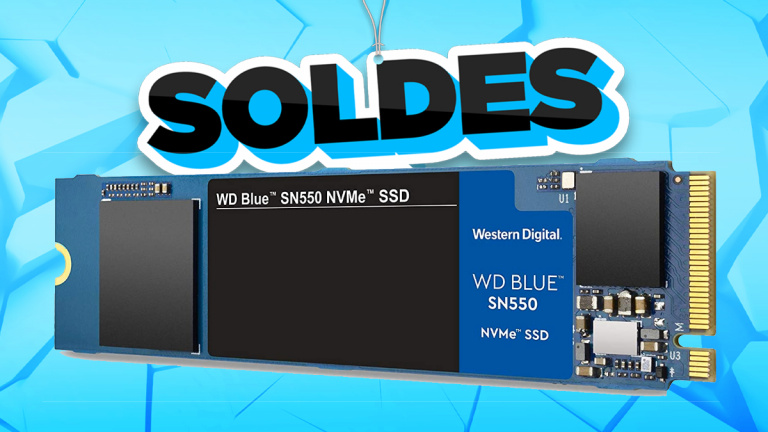To speak of ROM in Android is to compare a very broad scenario. LineageOS, Paranoid Android, Pixel ROM, ports of the most popular customization layers, etc. However, for a long time there has been an Android fork that has been ringing for a long time: GrapheneOS.
Its creators define it as “a mobile operating system focused on privacy and security, compatible with Android applications, developed as a non-profit open source project”. Fundamentally is AOSP with additional security measures and without Google services, so we ventured to test it to see what it offers.
The GrapheneOS interface (UI)

GrapheneOS is the ultimate expression provide Android with what is right and necessary to such an extent that, in order not to have, doesn’t even have wallpaper, beyond a black image. It only has 13 preinstalled apps, most of them just and necessary for the system to work.
- Settings
- Registers
- Auditor
- Calculator
- Calendar
- Camera
- Contacts
- Gallery
- messages
- PDF reader
- Watch
- Phone
- Vanadium (search engine)
The basic applications are those integrated into AOSP. Vanadium is the GrapheneOS search engine: a Chromium variant with improved privacy and which mainly uses the Android web view. The PDF reader also comes from GrapheneOS, with a sanbox for added security.
GrapheneOS is an AOSP mod with added security in virtually every possible way
Regarding Auditor, it is an application that tries to verify that there has been no modification of the device or any alteration of the operating system. Basically, it’s a tool to check that everything is in order and that there has been no attempt to access it.
As for the rest of the interface, we are before AOSP, without customizations or too many additions to the menus, although there are some interesting points. For example, in the Network and Internet section, in which GrapheneOS improves network connection controls through various endpoints, although we will talk about the benefits provided by this ROM later.
The bottom line is that using GrapheneOS is to use AOSP, no add-ons, with a simple launcher, without any trace of third-party applications and with the basic applications to run.
You will live without Google services

GrapheneOS is all about privacy, so Google, the web’s main data collector, has little room for that. We have already written about living without Google services, so the server will not be extended. In my personal opinion relying on third-party stores is a problem, since neither all the applications (in my case necessary, for professional use without going further) nor any store is located at the Play Store.
As you do not have Google services, it will be necessary to install an alternative store. In my case, I used Aurora Store
During those days of using GrapheneOS, I opted for the Aurora Store, although it sometimes gives me problems with the server. If you’re a privacy fan, not having Google apps will be a plus
What GrapheneOS wants to bring
The main objective of GrapheneOS is offer more secure ROM. Therefore, the vast majority of its features are not visible to the user, but they are there to protect their security. GrapheneOS has a stronger memory allocator against vulnerabilities, a better sandbox, additional protective measures to access system files, blocking connections such as NFC or Bluetooth when the mobile is idle, MAC randomization, encrypted backups, etc.
Every point in the system that could be more secure has been hardened in GrapheneOS, to make it more difficult for attackers in case they want to access our information. Like always, it will be a big part of our responsibility to control what we install on our device, but the ROM does everything possible to respect the user’s privacy.
Requirements and installation of GrapheneOS

The requirements of GrapheneOS to date are that let’s have a google pixel. Currently the ROM works for all pixels from 3, not being open to other devices at the moment. On the ROM website we have the instructions for a completely safe installation by checking each of the files that we install and unzip.
In the case of a server, I took the fast path and installed it like I install any other ROM, downloading the file, connecting the mobile to the command console and running the file .bat from the ROM which executes all the instructions in Terminal. A point in favor of GrapheneOS is that updates through its own OTA channel, so we don’t have to wait for new ones to come out to build to install them.
Is it worth installing?
If installing a custom ROM is already something “niche”, betting on GrapheneOS is an alternative for an even more specific audience. It is a system created by and to strengthen the security of your phone, abandoning the path to Google and the user experience that a Pixel can offer.
If you only care about Google, you can always install more customizable alternatives, like LineageOS or Paranoid Android. If security is your top priority, GrapheneOS may be a good choice
In the case of a server, I would bet on alternatives like LineageOS, which can be installed without Google services and which are much more customizable. In case you want the mobile for very basic use and security is your top priority, it can be an alternative to shuffle.
Table of Contents









